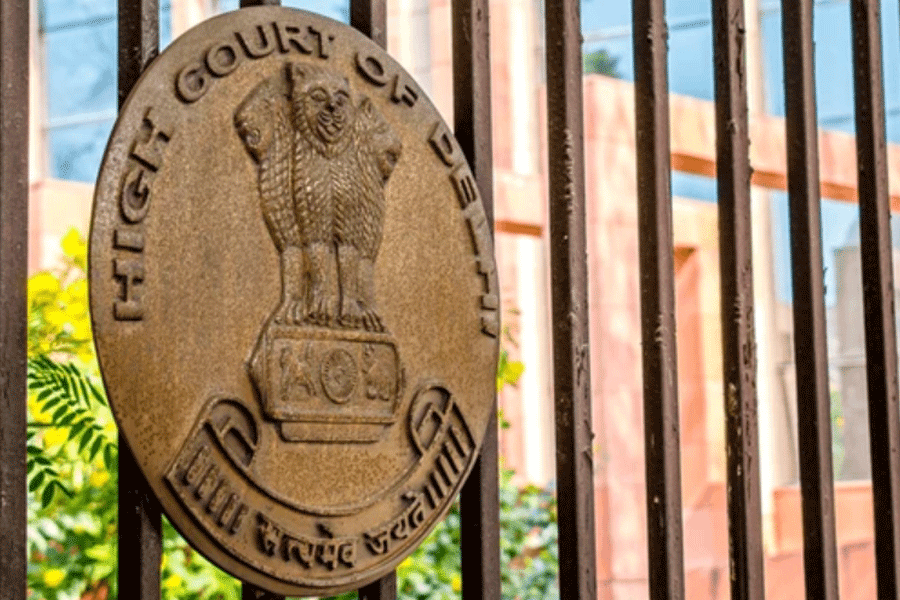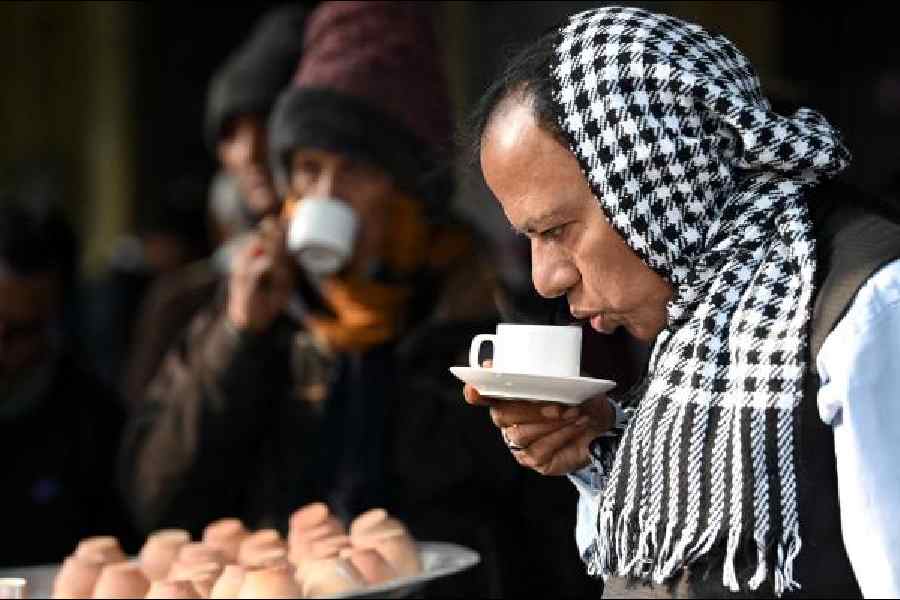The return of Congress in Karnataka to have an unusual impact on GST rate restructuring. Sounds odd as to how an electoral victory in a state can affect the indirect tax regime.
Well, the group of ministers on the rate rationalization panel is headed by the incumbent state chief minister Basavaraj S Bommai. So, with the defeat of the BJP, he has to step down. It would not automatically result in the new chief minister of the state being the convenor of the GoM. However, the GST Council must decide who would head the panel. The council is expected to meet next month.
Bommai panel has, so far, it has submitted only an interim report which suggested some changes to pre-packaged, pre-labelled items, etc. The panel is yet to give its final report.
With the appointment of the new convenor, the GoM will restart deliberations, further delaying the formulation of the final report.
Analysts said that with assembly polls lined up, there would be little political will to take a call on rationalizing rates or merging slabs.
Apart from Karnataka, several states will go to polls in 2023 including Chattisgarh, Madhya Pradesh, Rajasthan and Telangana. Then the tempo for the 2024 general elections will pick up.
Sources hinted that even if the final report, which is to look at a merger in the GST slab is presented by the GoM, it is unlikely to be acted upon by the GST Council as it may result in prices of some goods and services going up.
Officials said several states had voiced concerns about rejigging of rates as it would further increase prices amidst inflationary pressure in the economy and uncertainty over the impact of El Nino on the monsoon.
“GST rates are critical not just from an inflation point of view, but also it is a highly politically sensitive issue. We may see a complete overhaul of GST rates once the Lok Sabha election got over in 2024,” the official said.
However, the politics on GST rates have already started. Former Congress chief Rahul Gandhi during his Karnataka poll campaigning had promised to change the structure of GST if his party was elected to power in Delhi.
He said the GST had been brought only to help the influential and it was so complicated that many didn’t understand it at all. “Small businesses have been shut. We will change this GST if we come to power in Delhi. There will be one tax and it will be a minimum,” Rahul Gandhi said.
Rahul Gandhi said his party if elected to power, would restructure the tax system and there would be one tax. Currently, GST has four tax slabs: 5, 12, 18, and 28 per cent. Congress wants one tax slab with a maximum of 18 per cent. There are some special GST rates such as 0, 0.25, 1 and 3 per cent in the existing rate structure. There have been demands to bring down the number of rates.
The Congress party has been calling for the restructuring of GST, with fewer tax slabs. Former finance minister P Chidambaram has said the GST had serious “birth defects” which became only worse over the last five years. He said the manner of their implementation had “wrecked the economy” and Congress would work toward its replacement by GST 2.0.
The revenue-neutral rate was about 15.5 per cent when the GST was rolled out in July 2017. However, the actual GST revenues have been going down with the effective tax rate slipping to 11.6% due to changes made in the tax rates on various goods and services over the last few years.
Since rate rejig is likely to take some items from lower to higher rate bracket and some items from high to low rate, the entire exercise is expected to be inflation prone and the government may not be interested in taking such a step. Higher revenue in the existing rate regime is likely to compel the government from initiating changes, at least for the time being.










